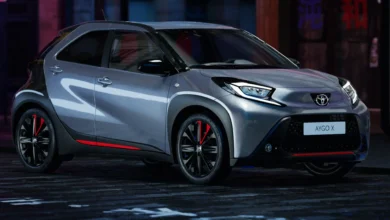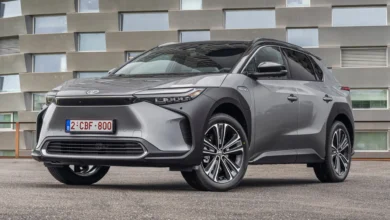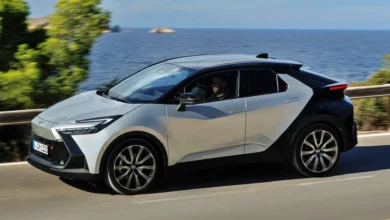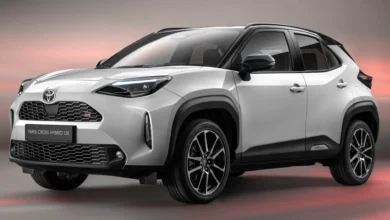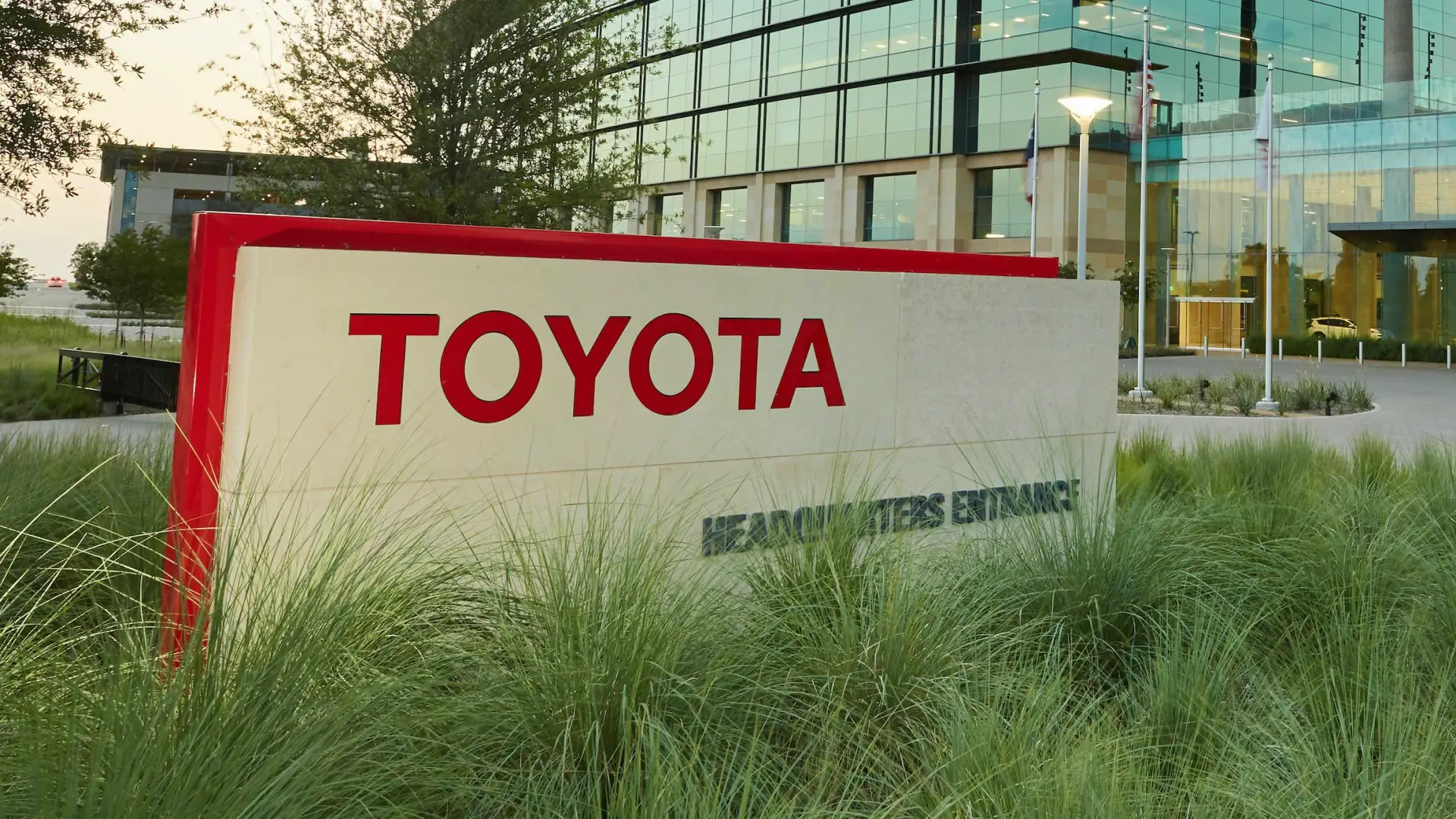
In the last two years, the prices of cars have increased significantly and it is difficult to find affordable prices. Now, Toyota warns that the situation will continue for a while.
The COVID-19 pandemic had very detrimental effects on the motor industry. The confinement and the successive slowdowns in the economy have directly affected the supply chain. Manufacturers have serious supply problems, including large corporations like Toyota. In such a competitive market, it is very expensive to take the components to the factory and this ends up having an impact on the sale price. Drivers are forced to pay more for the same and the Japanese warn that we have not reached a ceiling. Car rates will continue to rise, although they also warn of the end of this dark period.
Going to a dealership today or taking a quick look at the price tables is a real panic. The vast majority of car manufacturers have been forced to increase prices for various reasons. The lack of components is the main one, but to this must also be added the cost of raw materials and the geopolitical conflicts in Europe which, in turn, have skyrocketed the cost of energy. Today more than ever it costs a lot to manufacture each car and the brands are not willing to bear the losses. At the end of last year, the Japanese already warned that prices were going to rise this year. This is how it is happening.
Asked about it in an interview with Automotive News, Toyota Operations executives in the United States have warned that prices on a global scale will continue to rise. Despite the problems, Toyota sells everything it is capable of manufacturing and the company recognizes that there could be many more units per year if the restrictions in the supply chain did not exist. The escalation of costs will not focus solely on North America, as all the territories will see how prices will continue to rise in the coming months.
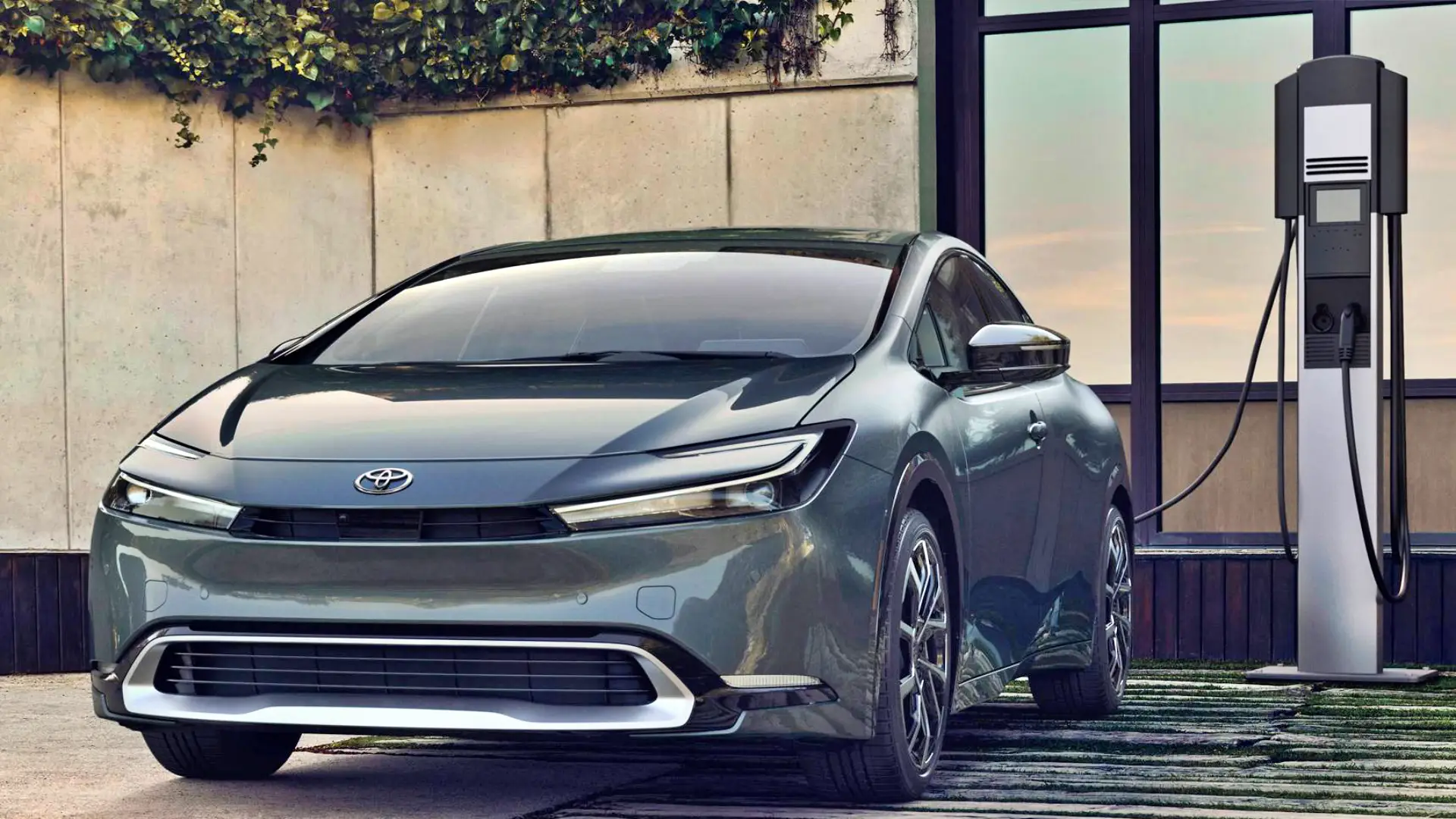
Inflationary pressures have added to a perfect storm of crises. Neither the industry nor the experts predict a rapid recovery of the economies. Europe is doing everything possible to contain inflation and while the measures of the European Central Bank seem to have reduced the impact, they have not stopped it completely. The Old Continent is beginning to show clear symptoms of economic fatigue and some territories such as Germany are expecting a very difficult first semester and are on the verge of recession. Let us remember that the Germans are the largest producers on a European scale.
Will the green shoots arrive?
Although no one dares to give a specific date, all experts recognize that the second half of the year will be key to determining when we can begin to see a drop in car prices. Toyota acknowledges that any reduction in raw material rates will not be passed on to customers until the end of next year. And that is if a relief principle is met by the end of this year. Faced with any other problem, the time frame will continue to stretch and prices will not stop growing and growing, which, in turn, will have an impact on the environment.
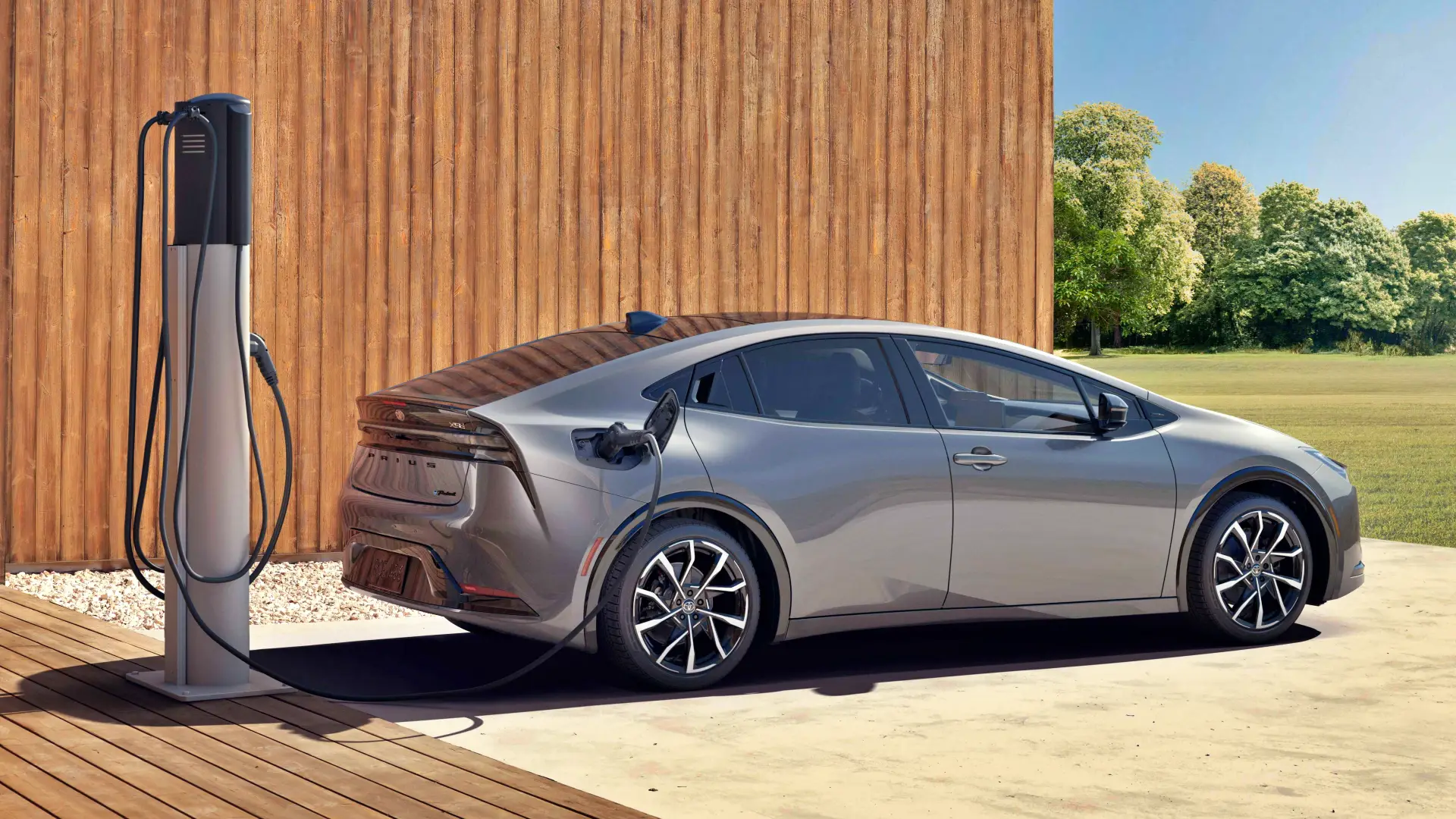
The average cost of a new vehicle has grown considerably in the last two years, causing a very significant imbalance between what a car costs and the average salary. This has meant that the average age of the vehicle fleet has skyrocketed to 14 years, almost double that of 2008 (7.9 years). In such a recessive environment, our country has to make a considerable effort to reach the expected sales quotas for the electric park. The 2035 target is closer than one might imagine, and high prices do not encourage a quick and effective transition.

